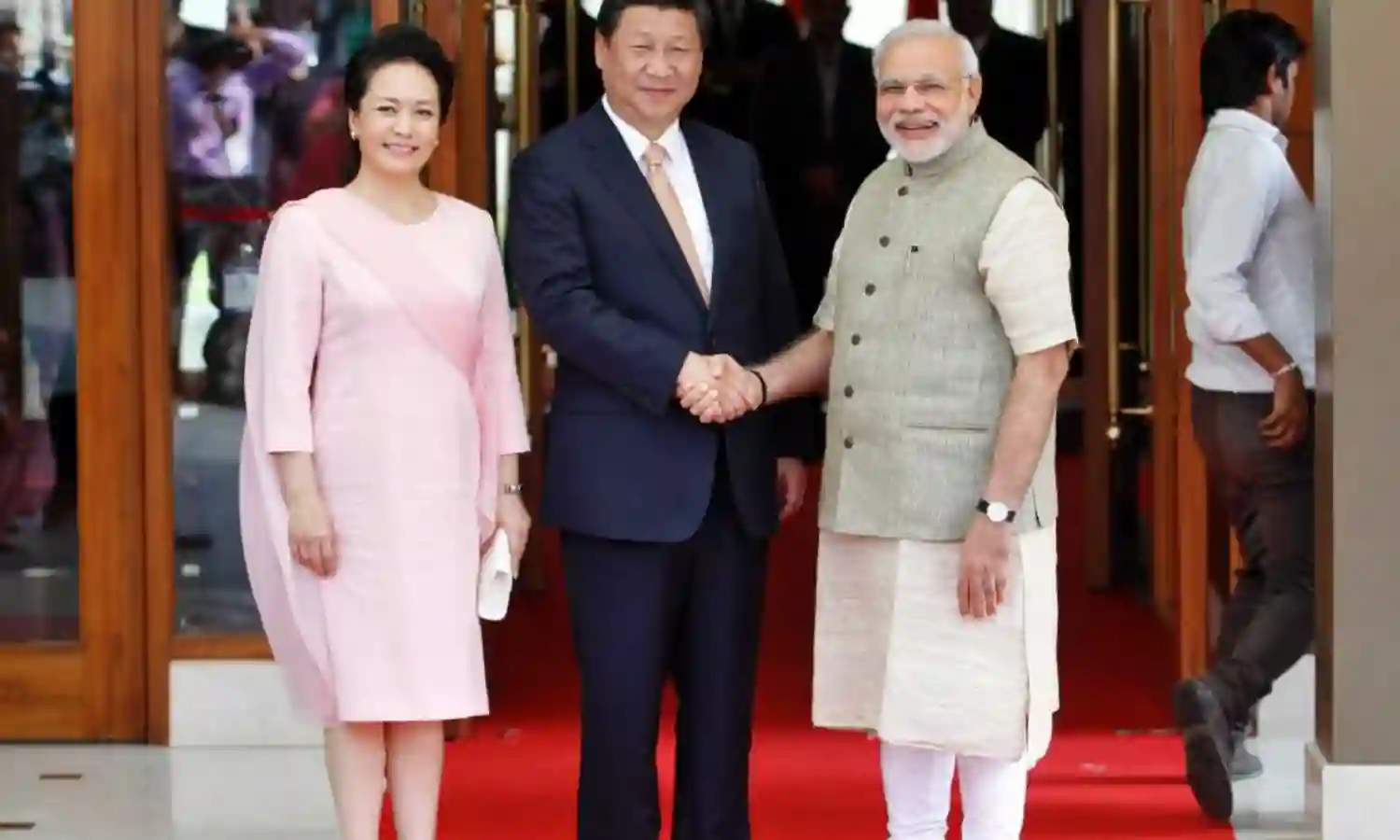A Tight-Rope Walk
Modi-Xi summit
As a follow-up of last year’s Wuhan summit between Chinese President Xi and Indian PM Narendra Modi, the next informal Xi-Modi summit scheduled on Oct 11-13 at the historic shore temple town of Mallapuram in South India appears to under the shadow of some uneasiness between the two nations.
The out-of-box choice of the venue of the proposed meeting is in line with PM Modi’s orientation to have important events also conducted outside Lutyen’s Delhi. The temple town’s ancient Buddhist links with China would have also prompted the final choice of this more than important summit.
The discomfiture of China, according to media reports, is attributable to the Indian Army’s scheduled forthcoming exercises in India’s north-eastern state of Arunachal Pradesh. Since decades, China has been, wrongly, laying claim to it dubbing India’s Arunachal Pradesh ( called the North East Frontier Agency during British rule) as “Southern Tibet”. That in keeping with laid down norms of conducting military manoeuvres in the border regions between the two nations, India duly informed China appears to have not carried much weight with China.
Consequent to India’s August 5 2019 decision to abrogate Article 370 from its strategic state of Jammu and Kashmir, relations between the two neighbours, China and India, have unquestionably, been on the downswing. As expected, after India stripped the special status of J&K, China overtly swung its foreign policy pronouncements in favour of its protégé, Pakistan, failing to acknowledge India’s stance that the latter’s recent decision was an internal matter of India.
In addition, China needlessly objected to India’s reconfiguration of the state especially as regards granting union territory status to Ladakh . Even China’s official media commented distorting history by stating that “ Ladakh has been China’s territory since ancient times.” It even warned India that the “ Chinese side will not sit idly by.” In August 2019 both Pakistan and China also conducted their largest ever air forces exercise ‘Shaheen VIII’ to enhance collusiveness and interoperability between the two air forces.
That last month, Indian External Affairs Minister S. Jaishankar flew to Beijing to explain the rationale of India’s 5 August decision to the Chinese does not appear to have mollified China. Thus, for more than one reason, the forthcoming summit between the two leaders assuming added significance to iron out misunderstandings between the two nations cannot be overstated.
India would like to carry forward the bonhomie between the two leaders established at Wuhan where both Modi and Xi had issued “strategic guidance” to their respective militaries in improving relationship between the two forces.
With President Xi’s visit just round the corner, China’s envoy to Pakistan, Yao Jing, the other day in Karachi, further muddied the waters, by his controversial statements on Kashmir. Speaking at a discussion on China’s ambitious China Pakistan Economic Corridor (CPEC) hosted by the Karachi Council on Foreign relations ,he stated that “ ….we are also working for Kashmiris to help them get their fundamental rights and justice. There should be a justified solution to the issue of Kashmir and China will standby Pakistan for regional peace and stability.”
Not surprisingly, India has seriously viewed this statement as a departure from China’s traditional stand on J&K and accordingly has lodged a “strong protest” through diplomatic channels with China. Amazingly, China glosses over the harsh fact that it is in adverse occupation of 5180 sq kms in the Shaksgam Valley which is part of the original territory of the erstwhile princely state of J&K, as it existed at the time of the state’s accession to India on Oct 26 1947.
The Shaksgam Valley was illegally ceded to China in Nov 1963 by Pak PM Zulfiqar Bhutto who had no right whatsoever to do so. In addition, China’s occupation of 38000 sq kms in the adjoining Aksai Chin region is another bone of contention between the two nations.
Not so surprisingly, prior to the Modi-Xi summit, Pakistan Prime Minister Imran Khan accompanied by his Army chief General Bajwa are in Beijing for talks where Kashmir and their joint strategy would surely would have been discussed !
At the aforesaid summit between the two leaders, PM Narendra Modi’s will have his hands full in dealing with the assertive Chinese President Xi Jinping. Apart from the unresolved long standing border dispute with China, India has to impress upon the Chinese to bridge the ever growing trade deficit between the two nations. The deficit currently stands at 80 percent in China’s favour---- an unacceptable business arrangement.
Overall, it is imperative that at the Mallapuram summit, India puts across its current dissatisfaction with China on various mutual problems with firmness. The region requires a steady and a balanced relationship between the two Asian giants and thus the outcome of this significant summit will be eagerly awaited by one and all.
Lt General Kamal Davar (Retd) was India’s first chief of the Defence Intelligence Agency and is currently President of the Delhi Forum For Strategic Studies





